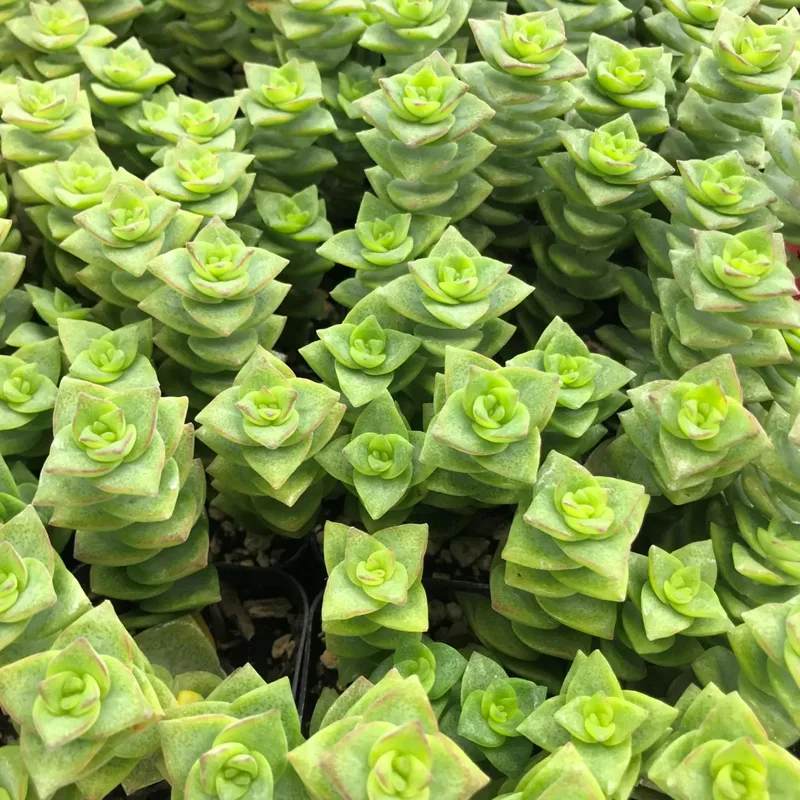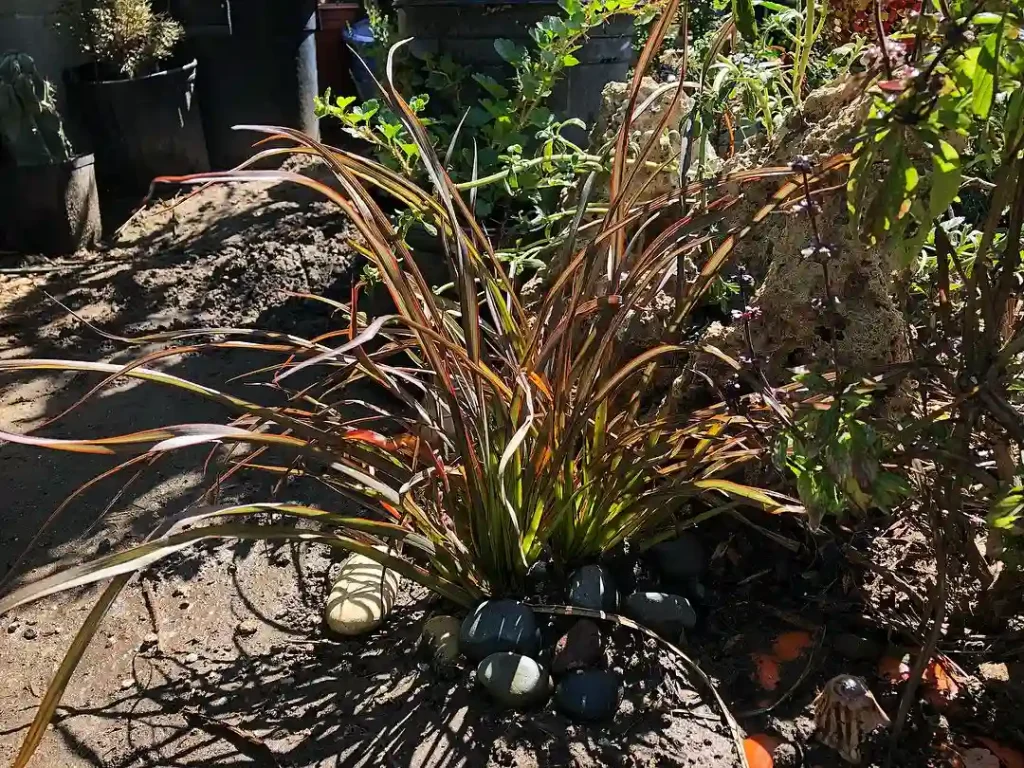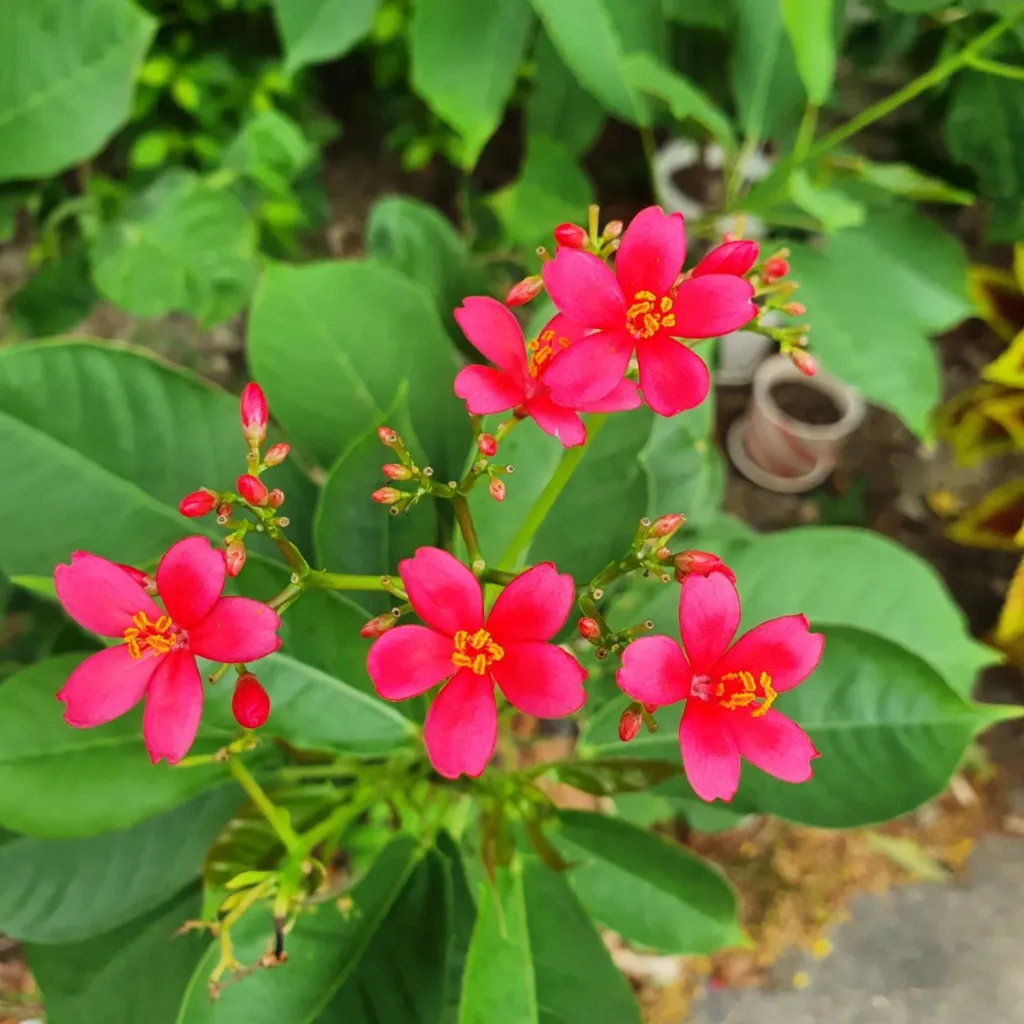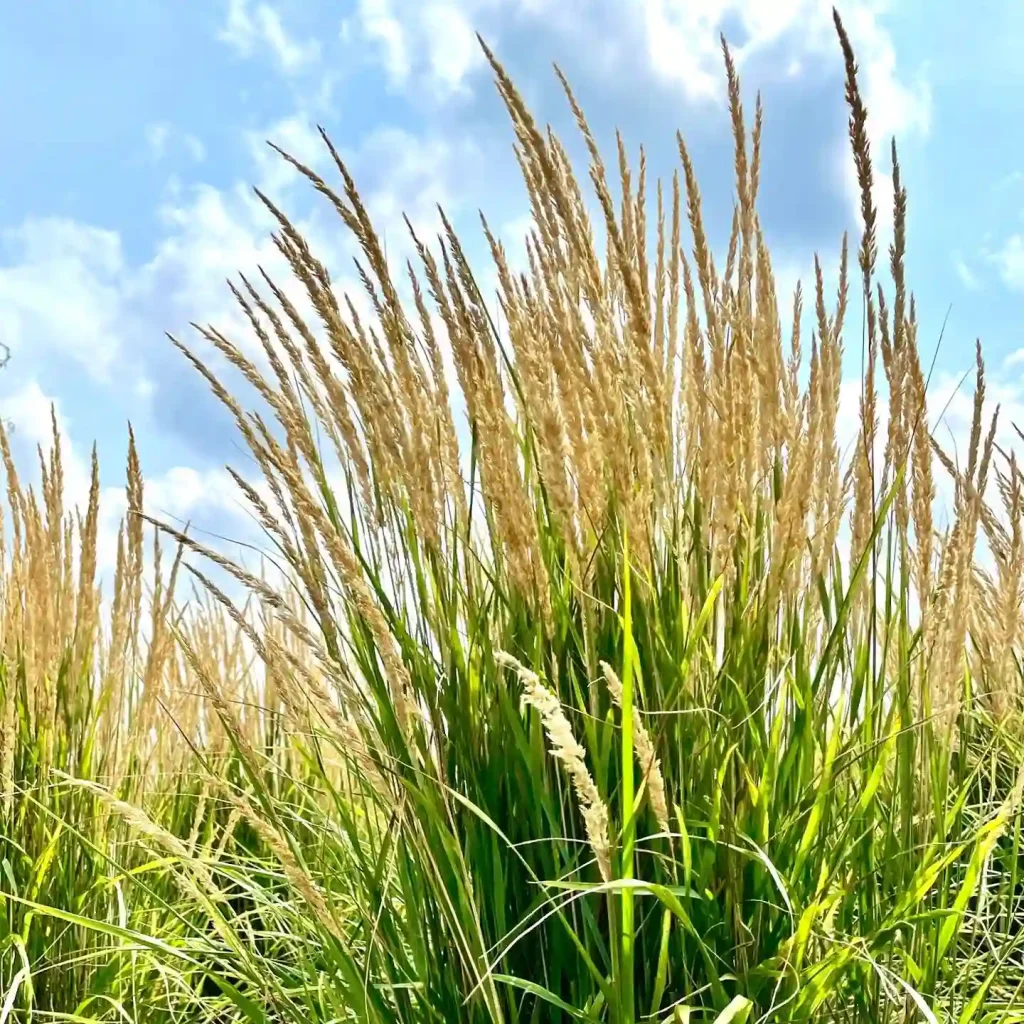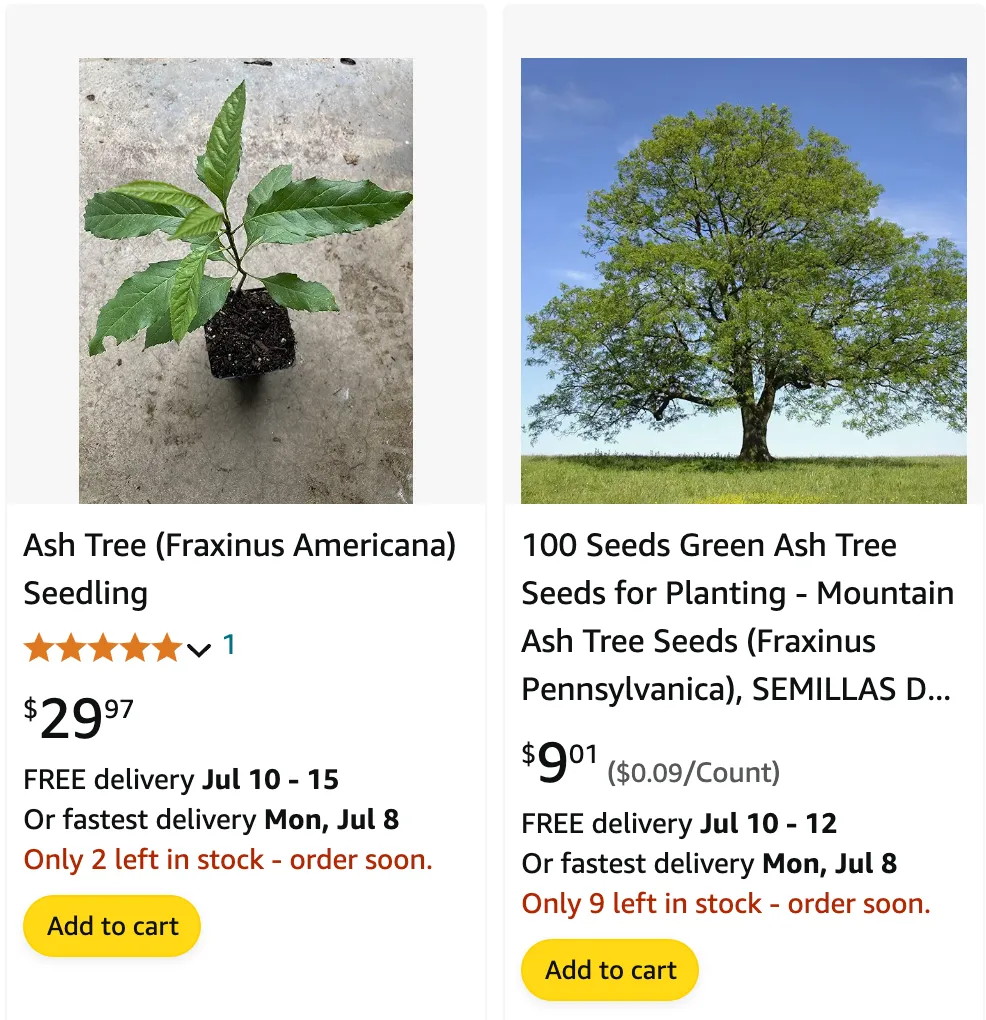
All About Ash Trees: Q&A with Ferb Vu
Ash trees are majestic giants of the woodlands, with a rich history and interesting characteristics. But with their towering presence often comes a lot of questions. Having spent years studying and admiring these trees, I’m here to answer some of the most frequently asked queries about ash trees.
What is an Ash Tree?
The ash tree (Fraxinus spp.) belong to the Oleaceae family, is a deciduous tree species native to various regions around the world, including Europe, Asia, and North America. They are known for their elegant stature, reaching impressive heights, and their compound leaves with several leaflets. Ash trees have played a significant role in cultures and folklore for centuries.
Fraxinus species
- Fraxinus albicans Buckley Plant FAQs: Fraxinus Albicans
- Fraxinus americana L. Plant FAQs: White Ash – Fraxinus Americana
- Fraxinus angustifolia Vahl
- Fraxinus anomala Torr. ex S.Watson
- Fraxinus apertisquamifera H.Hara
- Fraxinus baroniana Diels
- Fraxinus berlandieriana A.DC.
- Fraxinus bornmuelleri Lingelsh.
- Fraxinus × borzae Georgescu & Tutunaru
- Fraxinus bungeana A.DC.
- Fraxinus caroliniana Mill.
- Fraxinus × cataubiensis Ashe
- Fraxinus chiisanensis Nakai
- Fraxinus chinensis Roxb.
- Fraxinus cuspidata Torr.
- Fraxinus depauperata (Lingelsh.) Z.Wei
- Fraxinus dimorpha Coss. & Durieu
- Fraxinus dipetala Hook. & Arn.
- Fraxinus excelsior L.
- Fraxinus ferruginea Lingelsh.
- Fraxinus floribunda Wall.
- Fraxinus gooddingii Little
- Fraxinus greggii A.Gray
- Fraxinus griffithii C.B.Clarke Plant FAQs: Fraxinus Griffithii
- Fraxinus hookeri Wenz.
- Fraxinus hubeiensis S.Z.Qu, C.B.Shang & P.L.Su
- Fraxinus × hybrida Lingelsh.
- Fraxinus insularis Hemsl.
- Fraxinus lanuginosa Koidz.
- Fraxinus latifolia Benth.
- Fraxinus longicuspis Siebold & Zucc.
- Fraxinus malacophylla Hemsl.
- Fraxinus mandshurica Rupr.
- Fraxinus micrantha Lingelsh.
- Fraxinus nigra Marshall
- Fraxinus odontocalyx Hand.-Mazz. ex E.Peter
- Fraxinus ornus L.
- Fraxinus pallisiae Wilmott
- Fraxinus papillosa Lingelsh.
- Fraxinus paxiana Lingelsh.
- Fraxinus pennsylvanica Marshall
- Fraxinus platypoda Oliv.
- Fraxinus potosina Brandegee
- Fraxinus pringlei Lingelsh.
- Fraxinus profunda (Bush) Bush
- Fraxinus punctata S.Y.Hu
- Fraxinus purpusii Brandegee
- Fraxinus quadrangulata Michx. Plant FAQs: Fraxinus Quadrangulata – Blue Ash
- Fraxinus raibocarpa Regel
- Fraxinus reflexiflora Lundell
- Fraxinus × rehderiana Lingelsh.
- Fraxinus rufescens Lingelsh.
- Fraxinus schiedeana Schltdl. & Cham.
- Fraxinus sieboldiana Blume
- Fraxinus sogdiana Bunge
- Fraxinus stenolepis Urusov
- Fraxinus stylosa Lingelsh.
- Fraxinus suaveolens W.W.Sm.
- Fraxinus trifoliolata W.W.Sm.
- Fraxinus uhdei (Wenz.) Lingelsh.
- Fraxinus × veltheimii Dieck ex Bean
- Fraxinus velutina Torr.
- Fraxinus xanthoxyloides (G.Don) Wall. ex A.DC.
How to Care for Ash Trees?
Ash trees are relatively low-maintenance, but proper care can ensure their health and longevity. Here are some key points:
- Planting: Choose a well-drained location with full sun for optimal growth.
- Watering: Water deeply and regularly, especially during the first few years after planting, and during prolonged dry spells.
- Pruning: Prune young trees to encourage a strong structure. Mature trees may benefit from occasional pruning to remove dead or diseased branches, but avoid heavy pruning during the summer months (more on that later).
- Pests and Diseases: Ash trees are susceptible to certain pests and diseases, like the Emerald Ash Borer and Ash Dieback. Be vigilant and consult a certified arborist if you suspect any issues.
How to Propagate Ash Trees?
There are two main ways to propagate ash trees:
- Seeds: Ash seeds require a specific stratification process (exposure to cold temperatures) to germinate. This can be done by planting them outdoors in the fall or storing them in a moist, cool environment for several months before planting.
- Grafting: Grafting involves attaching a bud or stem from a desired variety onto a rootstock of another ash tree. This method is more reliable than seeds but requires some skill and knowledge.
What to Plant With Ash Trees?
Ash trees tend to have a shallow root system, so avoid planting other deep-rooted trees close by. Consider shallow-rooted companions like viburnums, dogwoods, or ornamental grasses.
Is Ash Tree Good Firewood?
Absolutely! Ash is a prized firewood for its high heat output and clean burning characteristics. It seasons relatively quickly and produces minimal smoke.
How Long Do Ash Trees Live?
Ash trees are known for their longevity, with some specimens living for several hundred years. The specific lifespan can vary depending on the species, growing conditions, and presence of diseases or pests.
Are Ash Trees Endangered?
Unfortunately, some ash tree species are facing threats from invasive pests like the Emerald Ash Borer. This beetle has caused widespread destruction in North America. However, conservation efforts are underway to protect these trees.
How Long Will a Dead Ash Tree Stand?
A dead ash tree can remain standing for several years, depending on factors like the size and health of the tree before it died. However, dead trees pose a safety hazard and should be removed by a professional if they become a risk.
Can You Trim Ash Trees in the Summer?
It’s generally best to avoid heavy pruning of ash trees during the summer months (June to August). This is when they are most susceptible to a fungal disease called Hymenoscyphus fraxineus, which can spread through fresh wounds. Pruning in late fall, winter, or early spring is preferable.
Do Ash Trees Have Berries?
No, true ash trees (Fraxinus spp.) do not produce berries. They have winged seeds called samaras that resemble miniature helicopter blades.
Are Mountain Ash Tree Berries Poisonous?
Yes, mountain ash tree berries (Sorbus spp.) are considered poisonous to humans and can cause stomach upset. However, they are a valuable food source for birds in the winter months.
Are Ash Trees Poisonous to Dogs?
No, ash tree leaves and seeds are not generally considered toxic to dogs. However, ingesting large quantities can cause mild stomach upset. If you suspect your dog has eaten a significant amount of ash tree material, consult a veterinarian.
Can Goats Eat Ash Tree Leaves?
Yes, goats can safely browse on ash tree leaves. In fact, they can be a helpful tool for managing unwanted ash tree growth.
What Color Do Ash Trees Turn in the Fall?
Ash trees put on a stunning fall display, with their leaves transforming into a vibrant mix of yellow, orange, and occasionally red.
What Do Ash Tree Seeds Look Like?
Ash tree seeds are unique and easily identifiable. They are single-winged samaras, with a flattened seed body and a long, slender wing that spins as it falls, resembling a tiny helicopter propeller. This unique design helps the seeds disperse efficiently on the wind, ensuring the continuation of the ash tree legacy.
Additional Ash Tree Facts
Here are some more interesting facts about ash trees:
- Symbolism: In many cultures, the ash tree is associated with strength, resilience, and rebirth. Norse mythology revered it as the world tree, Yggdrasil, which connected the heavens, earth, and underworld.
- Uses: Ash wood is prized for its toughness, elasticity, and attractive grain. It’s used for a variety of purposes, including furniture making, tool handles, and baseball bats.
- Interesting Species: There are over 60 species of ash trees around the world, each with its own unique characteristics. Some popular varieties include the common ash (Fraxinus excelsior), white ash (Fraxinus americana), and black ash (Fraxinus nigra).
- Ecological Importance: Ash trees play a vital role in the ecosystem. They provide habitat for numerous insects and birds, and their leaves contribute nutrients to the soil as they decompose.
Final Thoughts on Ash Trees
Ash trees are magnificent specimens that grace our landscapes. By understanding their needs and threats, we can ensure their continued presence for generations to come. Whether you’re a homeowner with an ash tree in your yard or simply someone who appreciates the natural world, I hope this information has been helpful!
If i die, water my plants!
